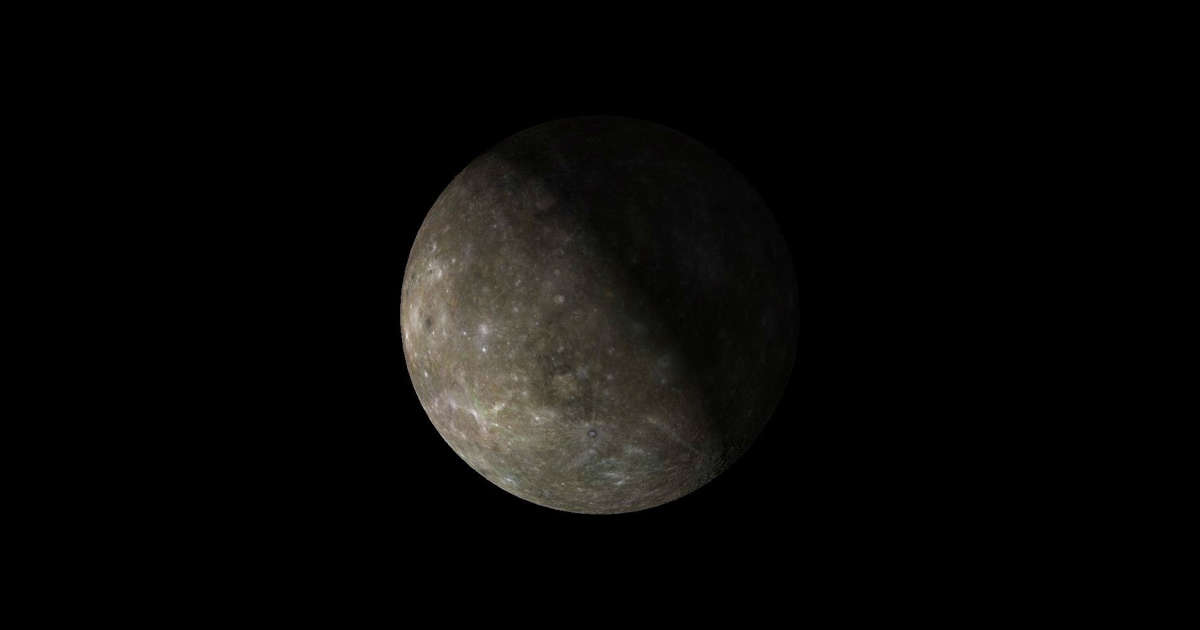[ad_1]
© Starry Night Software
null
Mercury is a rather tricky thing to see in the night sky.
The tiny planet orbits so close to the sun that the star’s blazing light simply washes Mercury out of Earth’s sight. The only time we get to see the planet is when it’s at greatest elongation, or its farthest points from the sun — that happens a few times a year.
Fortunately, we’re fast approaching Mercury’s next greatest elongation (Jan. 30), which means that the planet will be visible in the night sky for the next few weeks. And on Jan. 24, Mercury will reach its highest altitude during this Jan.–Feb. visibility period.
From New York City, Mercury will appear a rather measly 14 degrees above the horizon at sunrise on Jan. 24, according to skywatching site In-the-sky.org. That’s about the width of a fist and a half out at arm’s length. That altitude is just about average as far as Mercury goes — its maximum altitude ranges from 11 to 19 degrees.
Related: Mercury: Facts about the closest planet to the sun
UP NEXT
When it reaches its highest altitude, Mercury will be shining somewhat brightly at a magnitude around -0.2. But it’ll get brighter as it approaches greatest elongation, although it’ll start appearing lower in the sky.
You won’t have long to look at Mercury either. On Jan. 24, Mercury only rises at 5:36 a.m. EST (1036 GMT) — just about an hour and a half before sunrise. Eventually, the sun’s light will drown out Mercury in the sky.
But that brevity is true of nearly all Mercury sightings. The planet is only ever visible at twilight, alternating between morning and evening with each greatest elongation. Mercury’s next one will be on April 11 in the evening, so mark your calendars now.
To get the best view of Mercury, you’ll need to use a telescope. Check out our handy guide to the best telescopes for seeing planets if you’re in the market for a new instrument. If you’re looking to take some photos of the planet, see our best cameras for astrophotography and best lenses for astrophotography.
Follow Stefanie Waldek on Twitter @StefanieWaldek. Follow us @Spacedotcom, or on Facebook and Instagram.
[ad_2]

